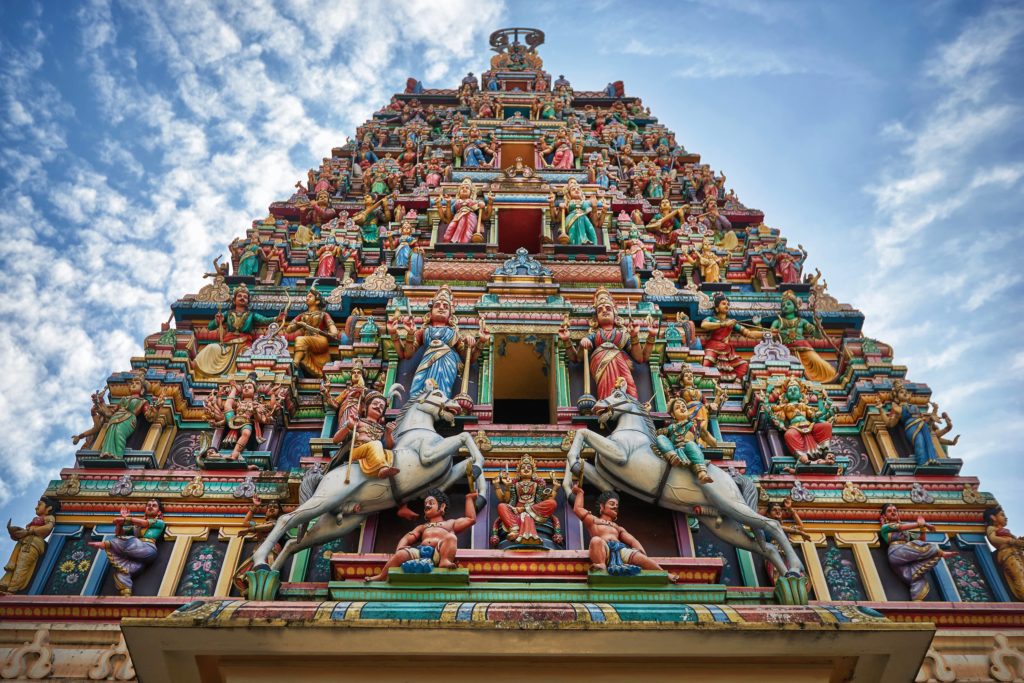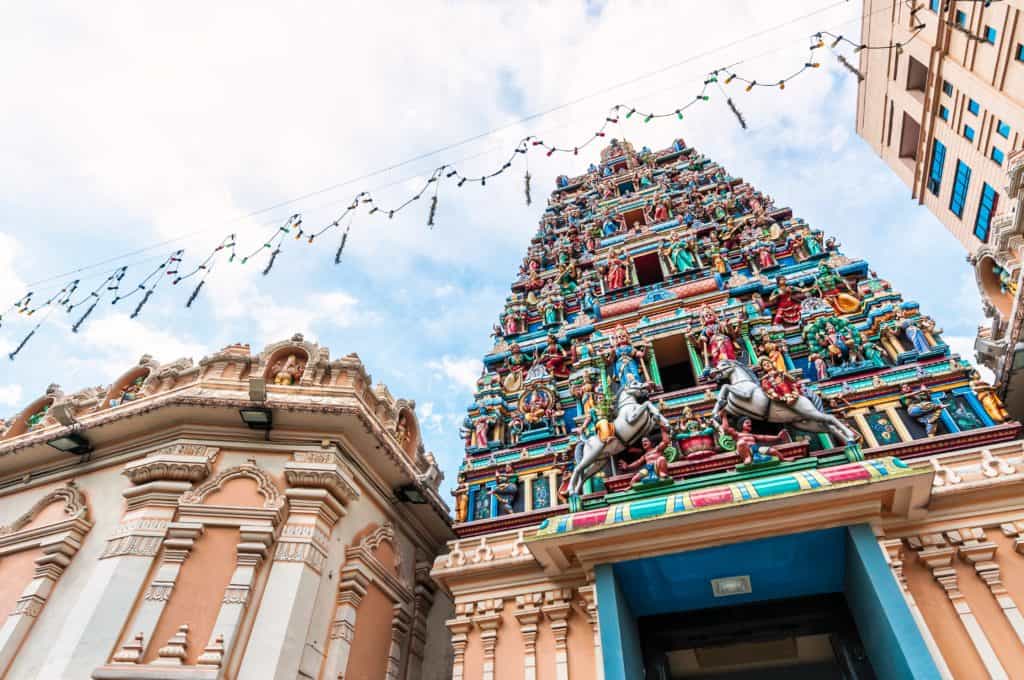Worship is not restricted to one community. In Thailand, two temples, in spite of being from different eras and locales have received the same attention to detail in the intricate sculptures and carvings as well as in the astounding devotion and faith of the devotees. The sermons of the Lord echoing in the incense-laden air add to the calming peace inside these temple environs.
Take a look at the Buddhist temple where it all began.

Mahabodhi Temple, Bodh Gaya
Mahabodhi Temple, literally Means the ‘Great Awakening’ temple is the most sacred shrine of Buddhist pilgrimage; the holy site where ‘Siddhartha’ attained enlightenment and became ‘Buddha’. The temple sits on the banks of the river Falgu (earlier Nairanjana) in Bodh Gaya, a small town about 96 kilometers from Patna, the capital of Bihar.
The immense importance of the place in Buddhism can be understood by the legend associated with the Mahabodhi Temple and Bodh Gaya. According to Pali literature and the ‘Jatakas’, the Mahabodhi temple is the navel of the earth. It will be the last to disappear when the world disintegrates and the first to reappear on the recreation of the world.
Accounted historically around 530 BC, Gautam Buddha wandering in search of answers reached the banks of Nairanjana River (now Falgu) near Gaya. There he meditated, sitting under a ‘Peepal’ tree. After meditating for three days and three nights he received all the answers that he sought and attained enlightenment. The same Peepal tree is now known as ‘Bodhi tree’ and can be found on the western side of the Mahabodhi Temple.

250 years later, Emperor Asoka of the Maurya dynasty, a follower of Buddhism visited Bodh Gaya and marked the historic site with his trademark inscribed iron pillar. In the following years, the temple was rebuilt and refurbished a number of times by different rulers. The surviving brick structure of the temple complex from Gupta era was declared a UNESCO world heritage site in 2002.
The 55m tall central tower of pyramidal structure is surrounded by four smaller towers of similar style. A colossal gilded statue of Buddha in the Earth Witness Mudra adorning the central stupa. The temple courtyard has many other smaller stupas and idols which date back to the first century AD.
The Mahabodhi temple is frequented by Buddhism followers from all over the world and especially from south-east Asia. To facilitate this, a direct flight between Gaya and Bangkok is operated seasonally.
Fast forward to the 19th century, and thousands of miles away to the bustle of Bangkok, where we have the MahaMariamman temple, an amalgamation of contemporary Buddhism and Hinduism.

MahaMariamman Temple
Sri MahaMariamman Temple or Wat Phra Si also known as Maha Uma Devi Temple is the oldest and most prominent Hindu temple of Thailand, located in the heart of Bangkok. The colourful classic Dravid style temple was built in 1879 by ‘VaithiPadayatchi’, one of the first Indian immigrants to Thailand.
When India became a British Colony in 1858 many people from its Southern parts left for other countries including Thailand to work as gemstone traders and cattle ranchers. One such group led by ‘VaithiPadayatchi’ landed in Bangkok in 1860s. The temple was built only about a decade after their arrival. A street, ‘SoiVaithi’ known in English as ‘Vaithi Lane’ in Silom is also named after him.
The temple sits at the corner of Silom Road and Pan road, a street comprising of small shops offering Marigold flowers, sweets and other worship essentials for the devotees. Colorful sculptures of deities from Hindu texts decorate the facade of the temple as well as the enthralling, tall Gopura at the entrance. The dome shaped main Shrine of Shri MahaMariamman is covered with gilded copper plate. In addition to the main Shrine, there are two shrines dedicated to her sons Ganesha and Kartik, and shrines of Gods Shiva, Vishnu and Brahma.

The popular belief that Hinduism is a branch of Buddhism itself has many Thai people visiting the temple apart from the Hindu community. Each year the temple holds grand celebration of many Hindu festivals such as Navaratri and Deepavali. Portions of Silom road are closed during festival processions and an image of Shri MahaMariamman is taken through the streets.
The enchanting temple showcases a riot of colors, and is a sight to behold in Bangkok. Shri MahaMariamman temple must be listed in the itineraries of people visiting Thailand.



